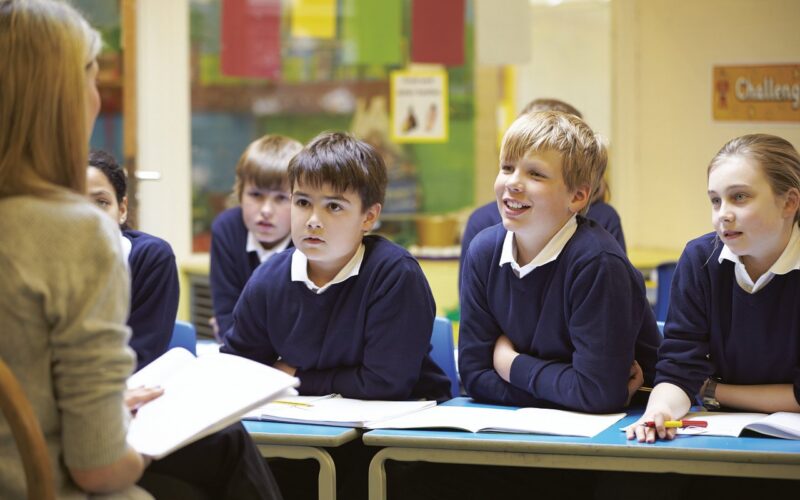Education might seem to be easier when each person has their own teacher, yet few students fall into that class. The majority of youngsters spend their learning time with at least a few others, and many classes today are fairly large. Younger students do often have an advantage when it comes to smaller class size for more attention.
While they may have smaller classes, they are also taught some of the time in group lessons at assemblies. It is a good way to help many students learn as individuals, and group dynamics can also play their part in helping with attention and retention as lessons are given.
Small class size
Students generally learn at a pace comfortable for them to absorb and process information. Older students are expected to be able to study on their own, yet the youngest members of society still have to develop those skills. They are the group that often has a small class size.
The individual attention they receive lets the teacher have more time with each student to ensure they have learned the lessons being taught. It is also a good way for the educational system to begin assessing how well students learn so they can be helped as they age into the more difficult grades ahead.
Larger classes
Once students have begun to get used to homework and studying on their own, it could be time to promote them to larger classes. They may have several of these during the day where they learn easier subjects. Some school systems split up their classes to ensure each of their charges has an opportunity to keep up with those in the same grade.
While students do learn at different rates, the overall average of learning tends to be about the same. Students in danger of missing too much of what their fellow students are learning may also find the school has tutoring available to help them concentrate on catching up in a particular subject.
Group learning
There are times when it may be easier to help students learn in a setting other than the classroom. Primary assemblies can present an excellent opportunity to help educate a larger group of students from several different classes at the same time.
The concepts can be relatively simple, and Primary Works is a good place to find primary teaching resources to help ensure the lessons are applicable for a particular group of students. They have slideshows on a wide variety of subjects, and these are specifically formulated for assemblies.
Learning has become a sophisticated endeavour where educators are expected to help their students succeed in the world.
The subjects taught today quickly become complex as students age into higher grades, and they need to be able to master the basics before they get there. Helping students understand their lessons is a top priority from the first day of school, and the size of the group learning can make a difference. While it would be excellent if each student had their own educator for every class, that is not economically feasible.
There are times when tutors may be necessary, but small classes are generally the rule for the youngest. As students climb into higher grades, their class sizes may grow with them because they are expected to learn how to study on their own after the main lessons has been taught in class.




